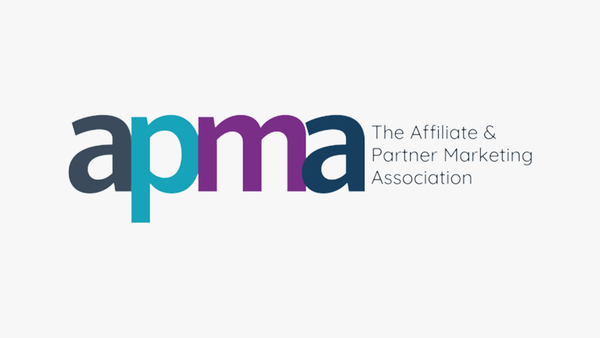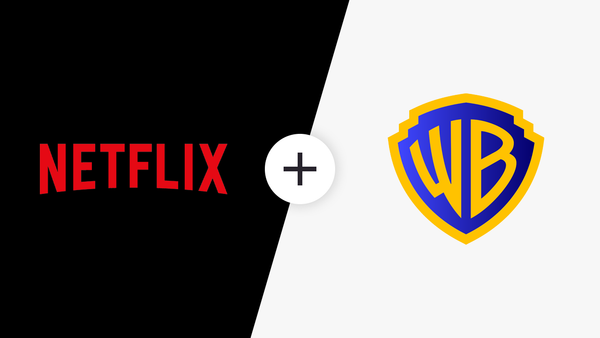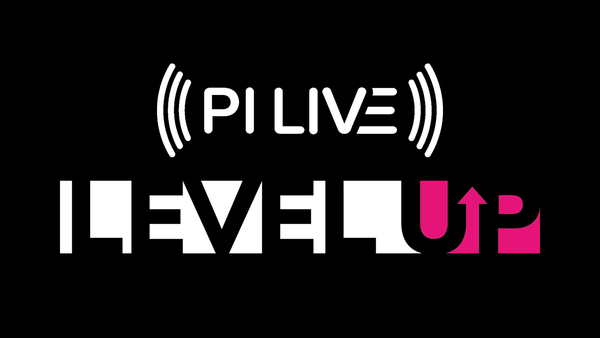Programmatic’s promise was to bring efficiency to digital advertising, but the ecosystem can still be hampered by fragmentation and laborious processes. With the average number of supply side-platforms (SSPs) continuing to grow, publishers are looking for smoother ways to integrate them without congesting inventory or limiting trading opportunities with demand-side platforms (DSPs).
This is where the opportunity to optimise publisher yield with an auction framework like Header Bidding comes in. Through its ability to streamline media trading for publishers and provide transparent access to premium inventory for advertisers, the solution has become a mainstay of online programmatic. Indeed, more than half (55%) of publishers have adopted Header Bidding to sell video inventory and 22% leverage it for Connected TV (CTV).
So precisely what is Header Bidding, how does it work and how is the opportunity for yield optimisation being used in other advertising channels such as programmatic digital out of home (DOOH)?
What is Header Bidding?
Before the emergence of Header Bidding, publishers would typically use a waterfall auction to trade their inventory. In this model, inventory is offered to one ad network at a time and then moved onto the next if the floor price isn’t met until all impressions are (hopefully) sold. Although this process works in practice, publishers risk missing out on revenue because of the lack of competition for ad impressions.
Header Bidding is an advanced method of programmatic trading that allows publishers to offer their inventory to multiple SSPs using a unified auction framework. As a result, publishers can invite various demand sources to simultaneously bid on available inventory.
What are the key advantages for publishers?
Firstly, Header Bidding delivers an increase in yield optimisation versus the waterfall model. Studies have found that publishers can significantly grow revenue, with one example showcasing that it increased revenue by 70%. It does this by enabling more competitive auctions where inventory is made available to a larger number of ad buyers who must then outbid one another to secure impressions, leading to higher CPMs.
In comparison, waterfall auctions accept the first bid that meets the publisher’s floor price and don’t offer visibility on ad buyers that are willing to pay more. By unifying the auction across multiple SSPs, Header Bidding provides this visibility, accepts the highest bid, and maximises ad revenue for the publisher.
Secondly, Header Bidding allows publishers to be selective over which demand partners they include in their auctions. This gives them more control of their operations, enabling them to manage their resources more efficiently in the bidding process, and ensuring they serve quality promotions to their users. With an improved user experience comes better retention and loyalty, further heightening the value of inventory.
Finally, Header Bidding solutions are easy to manage. There are a number of experienced players in the market that can handle all elements of advertising operations, so publishers do not need to invest the time and resources in building, running, and updating their solutions in house.
What does Header Bidding bring to advertisers?
With Header bidding, each advertiser has an equal opportunity to secure inventory if their bid wins. This method of programmatic trading gives ad buyers more transparency and greater access to premium ad placements, which can boost the reach and impact of their ad campaigns.
How is Header Bidding changing programmatic trading across the advertising landscape?
Programmatic trading allows advertisers to boost efficiency, increase precision, and optimise their bidding strategies. In the programmatic DOOH landscape, for instance, this type of trading makes inventory more accessible because they are changed more frequently. Ad buyers can purchase space for an hour and ensure they reach target audiences at the optimal time.
Solutions for programmatic DOOH inform bidding strategies using location data and patterns in audience behaviours. With this, advertisers can pinpoint the inventory that is best placed to capture the attention of their target audiences. Automated trading solutions based on this type of yield optimisation improve this system by giving advertisers access to a broader selection of premium inventory.
For media owners, a yield optimisation solution enables the integration and management of any number of SSPs without the need for additional development work. As a result, publishers can see an overview of programmatic DOOH activity on a single dashboard, streamlining advertising operations. Moreover, working with one unified auction enables publishers to optimise yield with competitive pricing while minimising reporting discrepancies.
With programmatic yield optimisation use cases spanning across advertising channels, from digital video to programmatic DOOH, many publishers have begun to embrace it for the promises of increased revenue. Combined with the growing awareness and adoption of programmatic trading, it’s only a matter of time before this solution becomes widely understood and recognised across all sides of the ecosystem.








